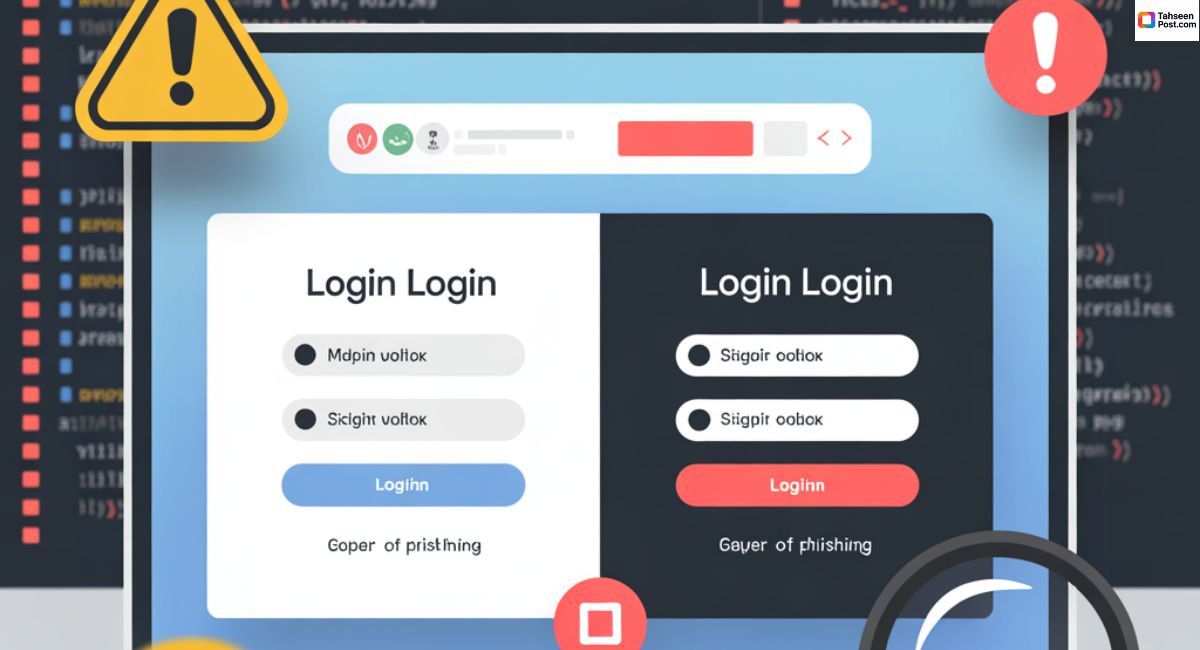Secure your Windows PC with these 7 critical security settings. From Dynamic Lock to ransomware protection, learn how to keep your data safe in minutes.
1. Lock Your PC Automatically With Dynamic Lock

Leaving your computer unattended for even a few minutes can be risky—especially in shared spaces like offices or public places. Windows’ Dynamic Lock automatically locks your PC when you walk away with your phone (paired via Bluetooth).
How to enable:
- Pair your phone with your PC via Bluetooth.
- Go to Settings > Accounts > Sign-in options > Dynamic Lock.
- Check “Allow Windows to automatically lock your device when you’re away.”
This feature ensures that your PC locks itself whenever you’re out of Bluetooth range, reducing the chances of unauthorized access.
2. Set Up Facial or Fingerprint Recognition With Windows Hello

Typing passwords is not only tedious but also less secure than biometrics. If your device supports it, use Windows Hello to sign in using facial recognition or a fingerprint.
How to enable:
- Go to Settings > Accounts > Sign-in options.
- Choose either Facial recognition or Fingerprint recognition.
- Follow the prompts to register your face or fingerprint.
This makes it much harder for someone else to gain access, even if they know your password.
3. Boost Phishing Protection in Windows Security
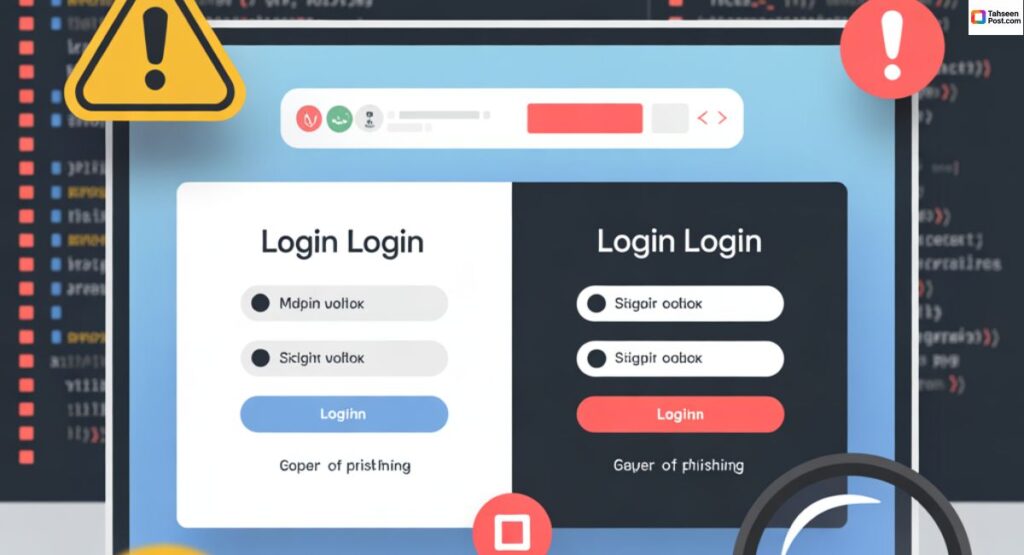
Phishing is one of the most common cyber threats. Fortunately, Windows Security has built-in reputation-based protection to help detect and block malicious apps, files, and websites.
How to enable:
- Open the Windows Security app.
- Go to App & browser control > Reputation-based protection settings.
- Enable:
- Check apps and files
- SmartScreen for Microsoft Edge
- Phishing protection
- Potentially unwanted app blocking
These settings help you avoid fake websites, sketchy downloads, and email scams.
4. Turn On Controlled Folder Access for Ransomware Protection
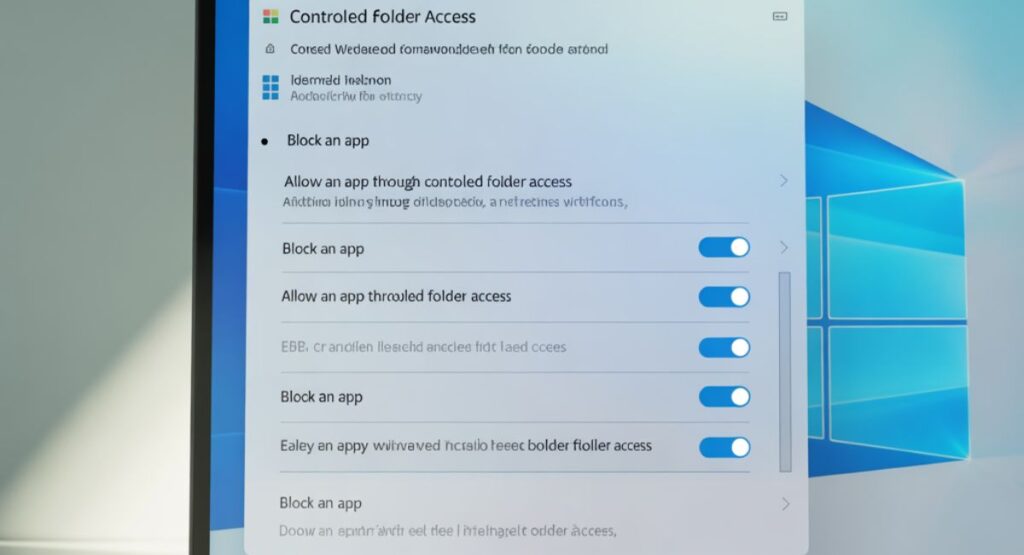
Even top-tier antivirus software can’t always stop ransomware. That’s where Controlled Folder Access comes in—it blocks unauthorized apps from modifying protected folders.
How to enable:
- Open Windows Security > Virus & threat protection.
- Under Ransomware protection, turn on Controlled folder access.
- Add any additional folders you want to protect.
You can also whitelist trusted apps that get mistakenly flagged.
5. Enable Device Encryption
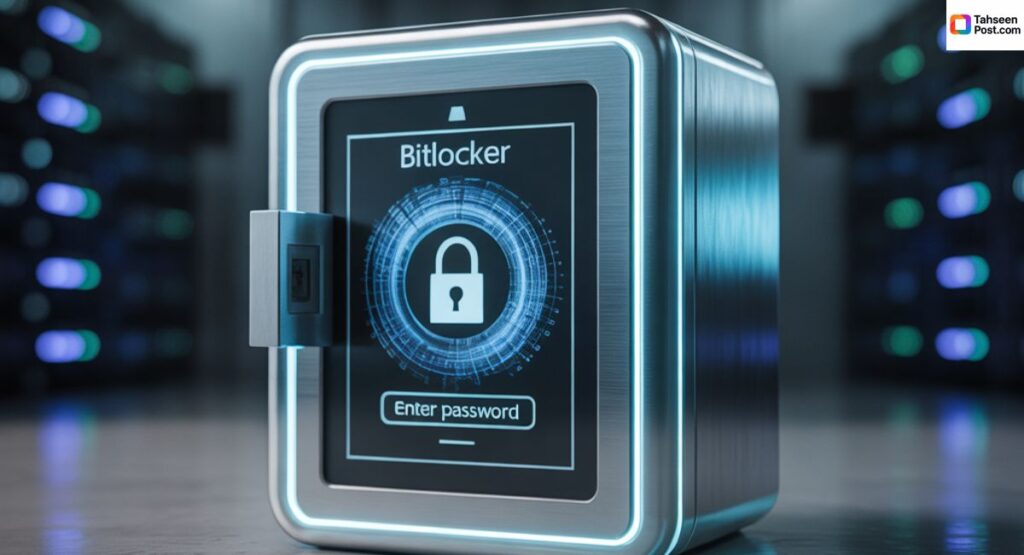
If your laptop is lost or stolen, Device Encryption ensures that no one can read your files without your Microsoft login credentials. It uses BitLocker technology to secure your data.
How to enable:
- Go to Settings > Privacy & security > Device encryption.
- Sign in with your Microsoft account if needed.
- Toggle encryption to On.
Also, save your recovery key in multiple safe locations—just in case.
6. Review Apps Allowed Through the Firewall
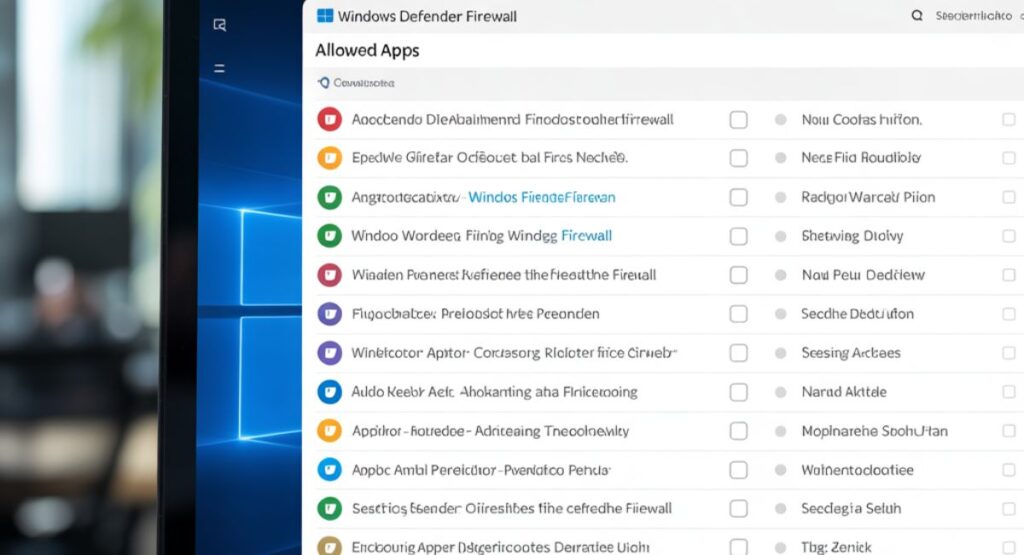
Many apps request firewall exceptions during installation. Some may not need those permissions anymore—or never did.
How to review:
- Open Control Panel > System and Security > Windows Defender Firewall.
- Click Allow an app or feature through Windows Defender Firewall.
Uncheck any app you don’t recognize or no longer use. This ensures only essential programs can communicate over the internet.
7. Make Sure “Find My Device” Is Enabled
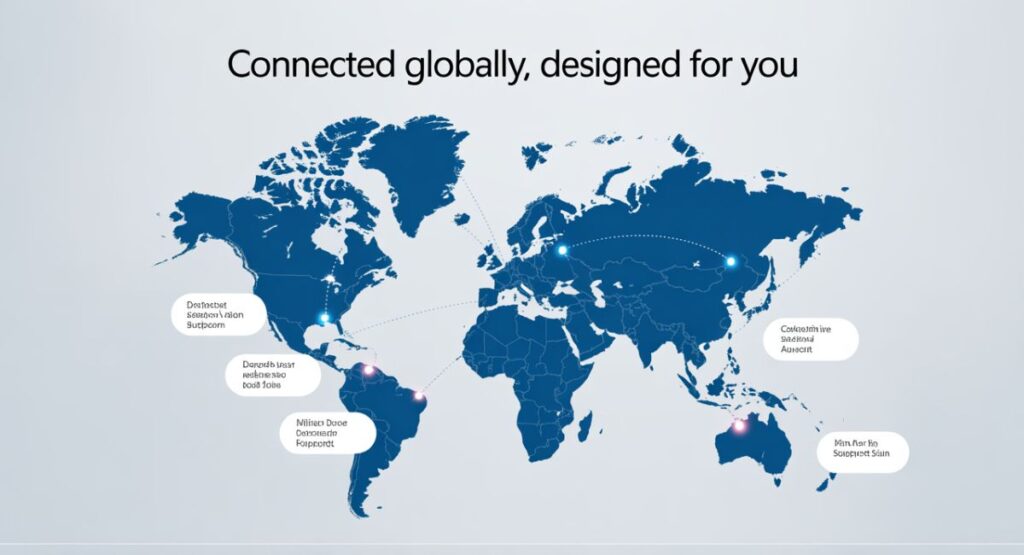
If your laptop is ever misplaced or stolen, Find My Device can help you locate it.
How to enable:
- Go to Settings > Privacy & security > Find my device.
- Make sure Location services is also turned on.
You can track your device by signing in to Microsoft’s Devices page.
Final Thoughts
Windows provides a solid foundation of built-in security tools—but only if you know how to use them. By configuring these seven settings, you significantly improve your computer’s ability to defend against threats like phishing, ransomware, and unauthorized access.
Don’t wait for a security scare. Spend 15 minutes now tightening your settings and enjoy long-term peace of mind.
Absolutely! Here’s a concise FAQ section tailored to your article “7 Windows Security Settings Everyone Should Change”, with 1–2 line answers ideal for SEO and user experience.
❓ Frequently Asked Questions (FAQs)
1. Is Windows Security enough to protect my PC?
Windows Security is a strong baseline, but enabling extra features like Controlled Folder Access and phishing protection improves your safety significantly.
2. What does Dynamic Lock do in Windows?
Dynamic Lock automatically locks your PC when your paired phone is out of Bluetooth range, preventing unauthorized access when you’re away.
3. How does Windows Hello improve security?
Windows Hello uses facial or fingerprint recognition, making login faster and more secure than traditional passwords or PINs.
4. Is it necessary to enable Controlled Folder Access?
Yes, it helps protect key folders from ransomware by blocking unknown apps from making changes.
5. How do I know if BitLocker or Device Encryption is on?
Go to Settings > Privacy & security > Device encryption to check or enable encryption on your Windows device.
6. What is phishing protection in Windows?
It’s a feature that warns you about suspicious sites, links, or apps, helping prevent scams and credential theft.
7. Can I track my lost Windows laptop?
Yes, by enabling “Find My Device” and location services, you can track your laptop via your Microsoft account online.
8. Should I allow all apps through the Windows Firewall?
No, only allow trusted apps; too many permissions can expose your system to threats.
Would you like me to format this into a collapsible HTML FAQ accordion or add schema markup for SEO?

